Projects
Please use the navigation bar to the left to obtain more information on our various projects.
Project Overview
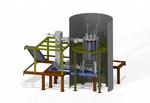
The ArDM direct Dark Matter search
Group Rubbia / Crivelli
The ArDM (Argon Dark Matter, CERN RE18, LSC Exp-08-2010-ArDM) project is a direct Dark Matter search experiment, based on a ton scale liquid argon Time Projection Chamber. A leading candidate for the Dark Matter in the universe is the so-called WIMP (Weakly Interacting Massive Particle).

CMS Experiment at CERN LHC Collider
Groups Dissertori, Grab, Pauss, Wallny; formerly also Eichler and Hofer
CMS, the Compact Muon Solenoid experiment in operation at the LHC, is a 12000 tons detector based on a large, high field superconducting magnet.

The Cherenkow Telescope Array (CTA)
Group Biland
In the past decade, a surprisingly large amount of astrophysical objects have been identified to radiate very-high energy gamma-rays.To significantly enhance the sensitivity, two dedicated observatories are planned in the Northern and Southern hemisphere, respectively. These observatories shall consist of more than 100 Cherenkov telescopes of three different sizes to also enlarge the energy range.
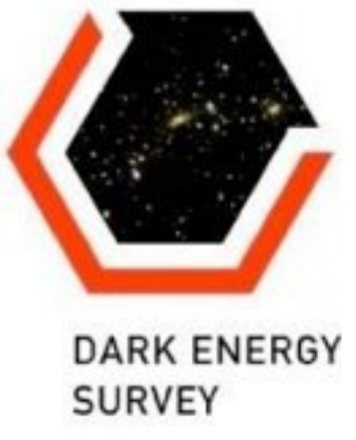
Dark Energy Survey
Group Refregier
The Dark Energy Survey (DES) is a major new astronomical survey specifically designed to measure the expansion history of the universe to high precision, thus uncovering the nature of the dark energy which is driving this ever-accelerating expansion. Coming online in 2013 and utilizing 525 nights across 5 years, the survey will map over 5000 square degrees of the sky, detecting over 300 million galaxies.

DESI
Group Refregier
The Dark Energy Spectroscopic Instrument (DESI) will measure the effect of dark energy on the expansion of the universe. It will obtain optical spectra for tens of millions of galaxies and quasars, constructing a 3-dimensional map spanning the nearby universe to 10 billion light years.

ELT/METIS
Groups Quanz & Schmid
The Extremely Large Telescope (ELT) is planned to be ESO's future ground-based observatory and could be operational in the mid-to-late 2020s.
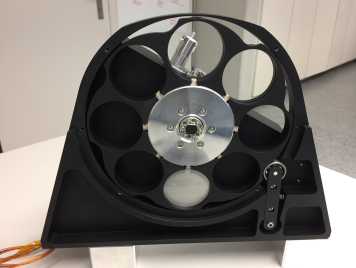
VLT / ERIS
Groups Quanz & Schmid
The Enhanced Resolution Imager and Spectrograph (ERIS) is a 1-5 μm instrument to be installed at the Cassegrain focus of the VLT UT4 for first-light in in early 2021. ERIS will benefit from the new Adaptive Optics Facility (AOF), which includes a deformable secondary mirror (DSM) to deliver high-Strehl imaging performance at the instrument focal plane.
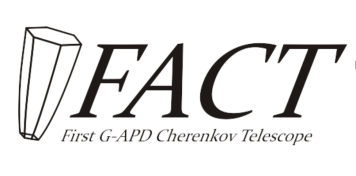
The FACT Telescope at La Palma (Spain)
Groups Biland, Pauss
So far, the ultra-fast cameras used by Cherenkov telescopes to measure very high-energy gamma-rays are always based on photo-multiplier tubes. Recently, solid states photosensors with comparable performance became available, but theire usage under the very harsh conditions intrinsic to such telescopes was heavily disputed. Our institute designed and constructed therefore a novel camera based on these sensors and installed it in a refurbished 4m telescope at La Palma.
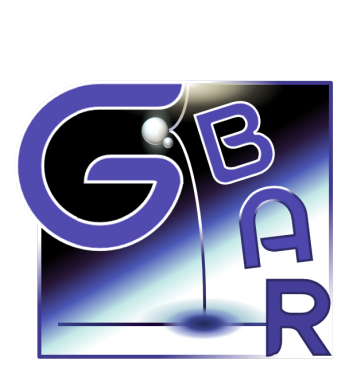
GBAR
Group Rubbia / Crivelli
"The GBAR project (Gravitational Behaviour of Anti hydrogen at Rest) at CERN, aims to measure the free fall acceleration of ultracold neutral anti hydrogen atoms in the terrestrial gravitational field. The experiment consists preparing anti hydrogen ions (one antiproton and two positrons) and sympathetically cooling them with Be+ ions to less than 10 μK. The ultracold ions will then be photo-ionized just above threshold, and the free fall time over a known distance measured.
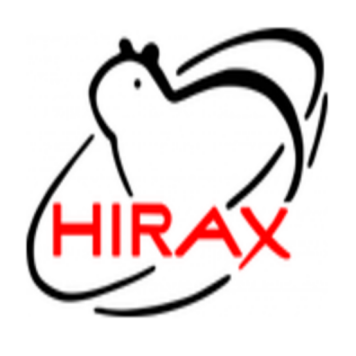
HIRAX
Group Refregier
The Hydrogen Intensity and Real-time Analysis eXperiment (HIRAX) is a radio interferometer array project under construction in South Africa. The project is an international collaboration with 24 partner institutions and is an official guest instrument on the Square Kilometre Array (SKA) South Africa site.
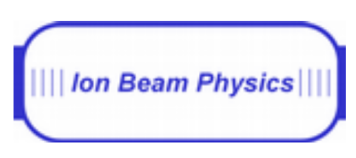
Ion Beam Physics
Group Synal
The Laboratory for Ion Beam Physics (LIP) operates three accelerator based systems and serves as a national and international center for Accelerator Mass Spectrometry (AMS) and ion beam based technologies in the materials sciences.
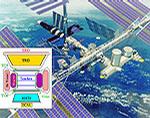
ISS-AMS (Alpha Magnetic Spectrometer) Experiment
Groups Hofer (emeritus), Viertel (emeritus); formerly also Biland and Pauss
AMS-ISS is designed to measure precisely charged particle and antiparticle spectra in space. One of the main physics goals is to investigate whether antimatter exists in the Universe today in a measurable quantity. In addition, like in the case of MAGIC, interesting searches for the existence of cold dark matter CDM are attempted.
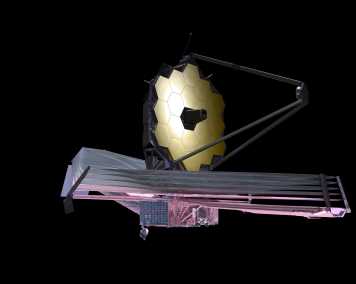
JWST / MIRI
Groups Quanz & Schmid
The James Webb Space Telescope (JWST) will be the next big space telescope and the successor of the famous Hubble Space Telescope. JWST has a 6.5m deployable primary mirror that will passively cool to 50K behind a very large sun-shield.
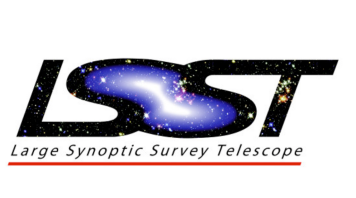
LSST
Group Refregier
The goal of the Large Synoptic Survey Telescope (LSST) project is to conduct a 10-year survey of the sky that will deliver a 200 petabyte set of images and data products that will address some of the most pressing questions about the structure and evolution of the universe and the objects in it.
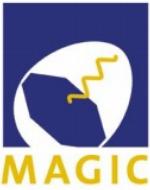
MAGIC Telescope at La Palma (Spain)
Group Biland; formerly also Pauss
The measurement of very high-energy gamma-rays using very large ground-based Cherenkov telescopes is a recent addition to the variety of experiments at the interface between Particle Physics, Astrophysics and Cosmology.
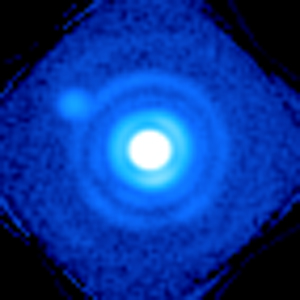
MIRACLES
Group Quanz & Schmid
The MIRACLES (Mid-InfraRed Atmospheric Characterization of Long-period Exoplanets and Substellar companions) survey was designed for photometric characterization of directly imaged planetary and substellar companions at 4–5 μm.
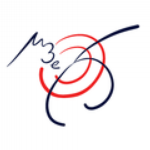
Search for the Decay μ → eee at PSI
Group Grab
Within the standard model of particle physics, the decay of muons into three electrons "μ → eee" is only allowed at an extremely low and unmeasurable rate, because it violates the lepton flavour number symmetry.
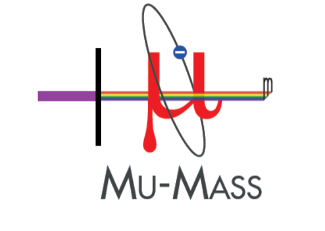
Mu-Mass
Group Rubbia / Crivelli
The Mu-MASS experiment is pushing the forefront of Muonium laser spectroscopy. This will results in the best determination of the muon mass at 1 ppb, will provide one of the most sensitive tests of bound state QED and allow to determine the Rydberg constant independently of nuclear and finite-size effects. It will also serve as an exciting probe of new physics such as new dark forces between electrons and muons.
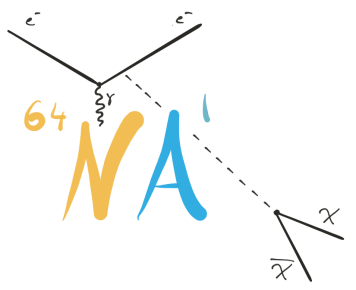
NA64
Group Rubbia / Crivelli
"The NA64 experiment (known as P348 at the proposal stage) is a fixed-target experiment at the CERN SPS combining the active beam dump and missing energy techniques to search for rare events. The experiment will build and operate a fully hermetic detector placed on the H4 beam line with the primary goal to search for light dark bosons (Z') from dark sector that are coupled to photons, e.g. dark photons (A'), or sub-GeV Z' coupled only to quarks. In some cases the Z' is coupled only to µ or tau, so we call the Z′ the dark leptonic gauge boson. The experiment is also capable to search for K_L -> invisible decay, which is complementary to K+ -> 𝜋+ + ν ν, and invisible decays of 𝜋0, η, η′, K_S mesons."
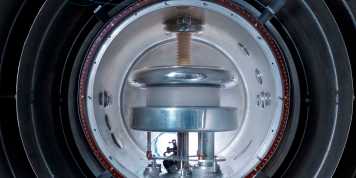
nEDM at PSI
Group Kirch
The main goal is to perform precision particle physics experiments at low energies, studying fundamental symmetries and interactions with neutrons and muons.
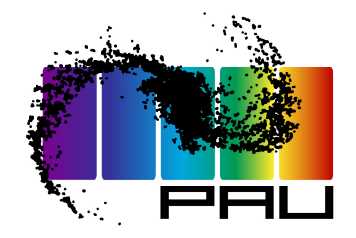
PAU
Group Refregier
The evidence for an accelerated expansion of the universe has created a crisis in our understanding of the universe and the fundamental laws of physics. PAUS will shed new light into the Physics of the Accelerating Universe by providing accurate and complete redshift characterization for millions of galaxies.

PET Detector research and Development: Positrigo, SAFIR Petition
Group Dissertori
Positron Emission Tomography is an important medical imaging modality, targeting metabolic processes. It is routinely used in clinical practice for diagnosis and treatment follow up, for example in oncology, cardiology and dementia, combined or not with Computed Tomography (CT) or Magnetic Resonance Imaging (MRI). At the same time it is a standard research tool in pre-clinical applications. PET research aims at improving all aspects of PET technology as well as on expanding the field of PET applications, with recently a strong push towards quantitative PET imaging.
PETITION
Group Dissertori
PET for InTensive Care units and Innovative protON therapy (PETITION) is building on technologies developed in the SAFIR and BPET projects. In particular the compact and modular design of the BPET scanner enables new use cases. The PETITION project, funded by the SNSF Sinergia scheme and headed by Prof. Dissertori, is based on a collaboration of ETH Zurich, the PSI Center for Proton Therapy and the University Hospital Lausanne. The project’s goals are to construct and evaluate two dedicate brain PET scanners targeting:
- Bringing a mobile brain PET scanner to the intensive care unit of a hospital for neuro-nuclear brain imaging towards monitoring and treatment optimization, with the ultimate goal of reducing the risk of Sepsis.
- Studies at the PSI proton-irradiation facility for on-line monitoring of dose delivery in proto-therapy aiming at treatment optimization.
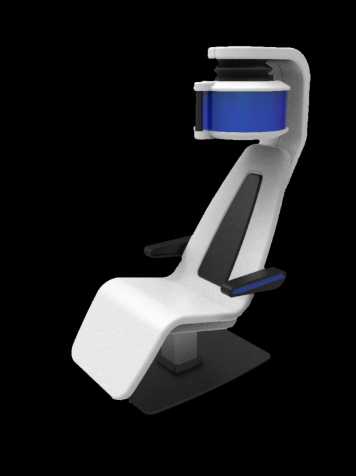
BPET - Dedicated brain PET imaging
Group Dissertori
PET imaging is today’s gold standard for diagnosing Alzheimer’s disease. We developed a cost effective clinical Brain-PET (BPET) system aiming in particular at early diagnosis and at research on dementia, with a focus on Alzheimer’s disease. This was enabled by an ETH Pioneer fellowship granted to two ex-PhD students of our institute (M. Ahnen, J. Fischer) and resulted in the foundation of an ETH Spin-off company, external pagePOSITRIGO AGcall_made, aiming at further developing and commercializing the BPET scanner.

Positronium
Group Rubbia / Crivelli
Positronium is a purely leptonic system allowing for precise test of bound state QED free of finite size effects and searches of new physics. To this aim we study this system by means of laser and microwave spectroscopy. It is also being used to search for the specific case of massless dark photons on a table top experiment which cannot be probed with accelerators. On the applied front, our positron beams are serving for the characterization of nano-porous materials with advanced functionalities.

VTL/SPHERE
Group Quanz & Schmid
The Institute for Particle Physics and Astrophysics at the ETH is participating in an international consortium for building ESO's planet finder instrument. The challenge is to see a planet very close to its parent star despite an extremely large contrast between star and planet. The Planet Finder should become the most sensitive ground-based instrument for direct imaging of extra-solar planets in the coming years.

T2K neutrino oscillation experiment
Group Rubbia / Crivelli
The T2K (Tokai to Kamioka) experiment is a second generation, long baseline neutrino oscillation experiment with the main goal to discover the transformation of muon neutrinos into electron neutrinos. A high intensity muon neutrino beam, the first so called superbeam, produced at the J-PARC laboratory near Tokai in Japan, is sent over a distance of 295 km across Japan towards the existing Super-Kamiokande (SK) detector.
